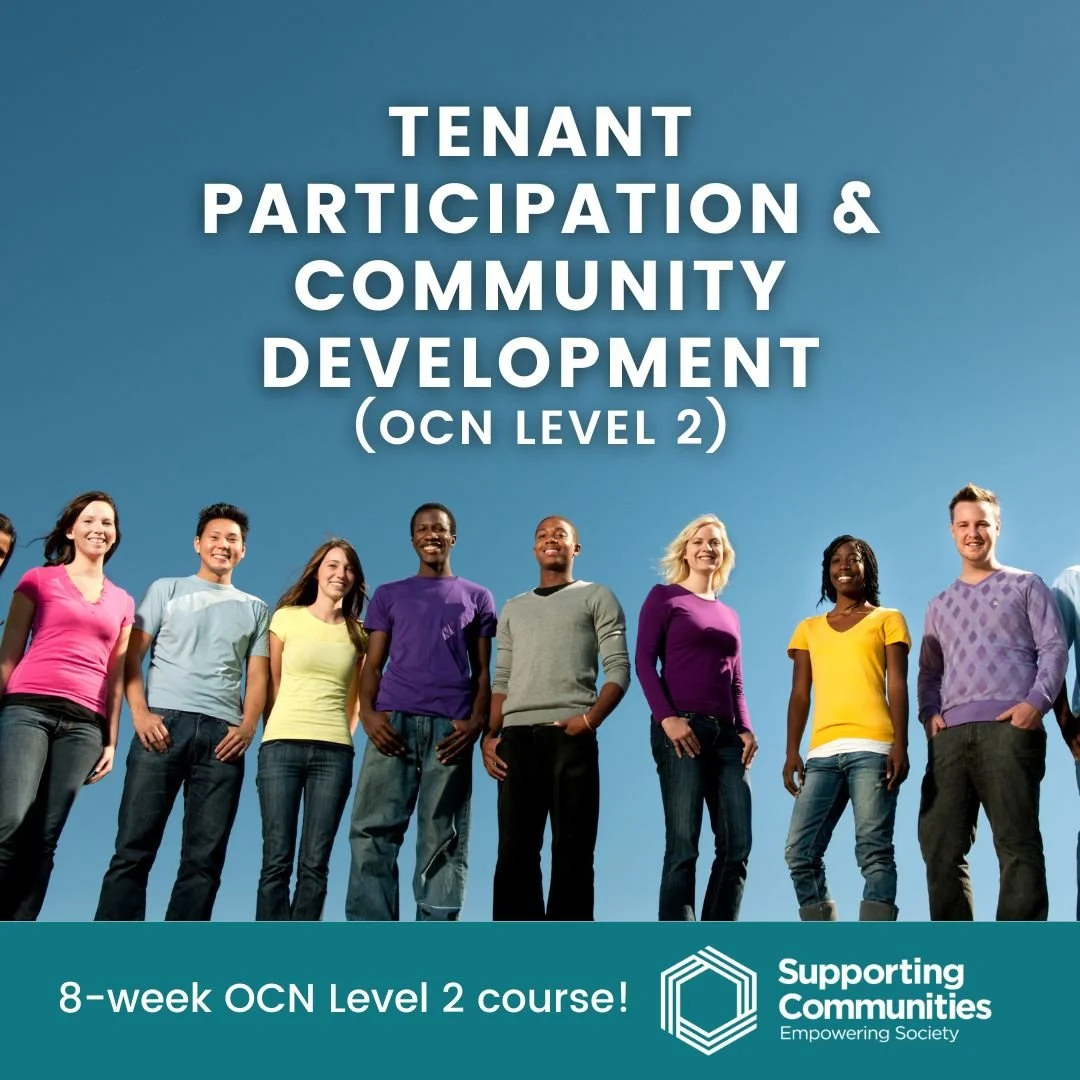How to Produce a Strategic Plan
A strategic plan is a document that sets out your long-term aims and short-term goals over a defined period. It acts as your guide, setting out your priorities and the actions you must take to meet those priorities.
Most strategic plans are designed to cover a three or five-year period.
Why Do We Need One?
-
It demonstrates good governance and management of the organisation
It shows how the organisation provides a necessary service to the area and meets identified needs
It deatils the organisation’s capacity to deliver its stated aims
It notes the strengths and weaknesses of the organisations, allowing you to plan for improving certain areas
It lays out clear priorities for the period covered by the plan that keeps your organisation focused
It demostrates how the organisation will be sustained over the period covered by the plan
-
It is well thought out
It is based on identified need for your area/beneficiaries
It has clear and concise writing
It has a clear and logical structure
-
The production of a strategic plan gives your community group focus in terms of its structure, goals, and general direction. It provides a measuring tool to monitor the project's performance and those responsible for managing it through identified time-bound progression steps.
The Plan also helps identify the full range of resources that it will need to succeed. These resources will include capital outlay, e.g. equipment for training and set-up costs, as well as revenue outlay, e.g. wages.
The Plan is also a tool that can help you attract new funds and can assist you in identifying what direction to take your organisation.
Producing a Strategic Plan
A Strategic Plan is a working document that helps organisations explain what they want to achieve and the steps they will take to achieve it. Supporting Communities has become very aware through its work with community groups and funders that certain guidelines should be followed to ensure success.
You should consider:
AIMS - What you want to achieve
OBJECTIVES - How you will achieve it
PERFORMANCE MEASURING - How you know it has been achieved
SETTING TARGETS - How to timescale your objectives
BENEFICIARIES - Who are they
Who is a Strategic Plan for?
Potential funders
Present funders
Your Board (Committee members / Directors / Trustees)
Your Members
Those who may wish to become involved in the work of your group
The general community you represent
Appropriate Statutory Agencies
Staff
The Format of a Strategic Plan
There are several variations of Strategic Plans based on the size and scope of your organisation. However, there are several main sections you need to include:
Foreword
Introduction to the Strategy
Status, Context and Opportunities
Mission, Vision and Values
Strategic Priorities
Monitoring and Reviewing
Funding Strategy
The following are suggestions on the layout and content of each section of your plan. The content of each plan will vary, but the points covered should be the same.
1. FOREWORD
The foreword is a brief introduction (no more than one page long) by your chairperson or perhaps the Chief Executive for larger organisations. It should be written last.
It should contain the following information:
A brief introduction to the organisation (its name, how long it has been operating, what services it provides to whom and where).
A note of the challenges faced by the organisation (so perhaps think about funding, growing population in the area, etc – whatever the challenges are that you face as an organisation and why you wrote this plan to tackle those issues).
An overview of the organisation’s new Strategic Priorities as set out in the rest of the plan.
2. INTRODUCTION TO THE STRATEGY
The introduction to the strategy should be no more than one page long and should cover (in brief) the following information:
The purpose of the strategy (Why has it been written? What will it be used for?)
Who the strategy is designed for (board and members, partners, govt bodies etc)
How was the strategy designed? (Who did you engage with when designing this? Consultations?)
3. STATUS, CONTEXT AND OPPORTUNITIES
This section should include:
Status: Group name, registered address, legal status, date started, governing document type, membership rules, current board, Insurance, current assets, banking facilities, external assessors.
Context: Provide an overview of the area you work in, including its geographical location, demographics, deprivation measures, population statistics, recent research results, consultation results, and board skills audit.
Opportunities: You should complete a SWOT analysis of your organization (list the skills, opportunities, weaknesses, and threats). You may also want to consider a PESTLE analysis (a list of Political, Environmental, Social, Technological, Legal, and Economic opportunities that may be available for you to take advantage of).
4. MISSION, VISION AND VALUES
When developing a Strategic Plan, it is vitally important to have some overarching aims or principles that govern your organization in your daily work. These are your Mission, Vision, and Values.
Mission: This is a short statement of intent that tells the reader at a glance what you are here to do and for whom. Lots of examples can be found on the internet and in charity literature.
Vision: Your vision is one line that sets out the long-term, higher-value goal that your organization seeks to achieve.
Values: These are a list of principles that govern your everyday work. They may include things like Transparency, Accessibility, Quality of Service, and Inclusiveness.
Hints for a Mission Statement:
Do not have too many points
Keep the language crisp, meaningful and jargon-free
Make sure your objectives are clear
An example Mission Statement for Scenic Glen Community Association:
"The organisation aims to enhance employment opportunities for unemployed parents by providing free and accessible training/educational courses in the local Community Hall."
5. STRATEGIC PRIORITIES
This is where the bulk of the work will be when developing your Strategic Plan and in a sense, is the most important part. It is wise to keep the number of your Strategic Priorities to a minimum. For small, community-based organisations, we would suggest that you have no more than 3 or 4 strategic priorities, as each priority will have a list of actions attached to them.
With each strategic priority, you should specify:
Action: we will do this by…
Outcomes: what are the things that will change because of your action
Key Actions: (things that need to be done to ensure the overall action is met
Short, Medium, or Long-Term Priority: can you do this in the short term (next 0-6 months), the medium term (7-24 months) or the long term (25 months +)
Who: what organisation will take the lead, or who you can partner with to complete the action
Example: Strategic Priority: ‘We will manage our charity as effectively and efficiently as possible’
example of a strategic Action plan
6. MONITORING AND REVIEWING
It is important to remember that when you develop a Strategic Plan, it should be checked and monitored at every board meeting. This helps to keep you and your committee focused and avoid the ‘mission drift’ that naturally occurs in all community and voluntary organisations.
When monitoring the plan, you need to consider:
Have we achieved all the key actions required?
Is this Action met?
What are the outcomes of this? Are the outcomes what we anticipated?
Can we measure the Impact of these outcomes?
7. FUNDING STRATEGY
When you develop a strategic plan, it is probable that many of the actions will require some sort of financing. To assist you in completing your strategic plan, it is vitally important that you have a funding strategy completed and attached to your plan. This will allow you to focus on funders for specific actions within your plan so that you avoid running out of available grants and can spend time preparing for submitting funding applications well in advance rather than taking a disorganised last-minute approach.
Need More Help?
The task of drawing up a strategic plan may seem daunting at first. However, if your group is prepared to spend a little time and follow the suggested format in this factsheet, the Strategic Plan you produce will become a very valuable document for your group and, ultimately, for your community.
For further assistance, you can speak to your local Community Development Officer about your next steps.








